


You will learn the most successful method to memorize numbers called the Major System. Remember your PIN codes, Credit Card numbers, phone numbers, historical dates, birthdays and passwords (well, to make it really safe you need an upgraded system for ASCII code but you can use the Major System for that partly as well).
You can even create a Brain Wallet with which you can potentially memorize your BitCoin master key. But this is very sophisticated stuff and will be covered in an extra article. To be honest, despite 14 years of experience, I still have to figure out the Brain Wallet myself. Certainly a very interesting topic for the cryptocurrency community.

Prelude
I have used the Major System myself to compete at 15 different memory championships around the world. Last year I was able to memorize 62 digits of spoken numbers at the German Memory Open, each digit spoken in a one second interval. I was very happy about that because you need to think very fast.
The world record is 456!
The Major System allowed me to easily translate the numbers into images which I then associated on my memory palace, going from room to room.
Learn more about the Memory Palace in my so far highest voted article on Steemit. It's still hot!
Together with Johannes Mallow @johannesmallow, 2012 world memory champion, we created a brand new upgraded version to make it even easier for people to start with it. We call it the Visual Major System.

Visual Encoding From Digits To Letters

The idea is simple: Numbers are difficult. Images are easy.
To translate numbers into images we encode them into letters and words.
Since we have ten digits in our decimal number system we need ten letters. We could use any arbitrary assignment of digits to letters but that would be difficult to remember. Instead I will show you an easy way to memorize them right away:
We will assign visually similar consonants to the digits. That way our brain can reconstruct it before the actual memory has manifested. After some training you will know this code by heart and the memory will be strong. Then you don't reconstruct it anymore.
You read it!
We will leave out all of the vowels because we need them to create words in combination with the encoded consonants.
Furthermore we are adding phonetically similar letters to our encoded letters. That way we will have more options to create words.
It is all about the sound.
But read on to understand more clearly.

Zero

We start with one of the two less intuitive ones:
We cannot use the obvious letter O for our zero, because it is a vowel. So we settled for the letter R and that for a specific reason. I explain that reason in detail in my original article about this code.
Imagine that you turn the zero by 90° and give it two legs. Maybe a hatching chicklet?

The visuals will get better than that. And after all, O and R is not that bad.
The letter R has no phonetic sibling in the alphabet and stands therefore alone for this digit.
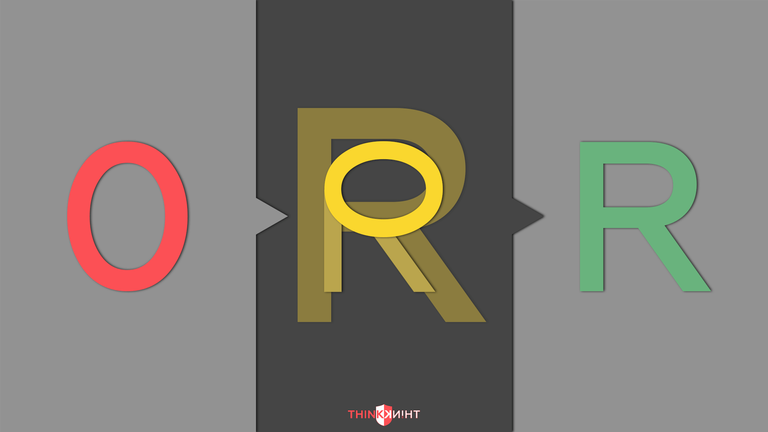

One

The number 1 is much better. It is basically already 3/4 of the letter T.
Since the sound of the letter T (not to be confused with its name) resembles a D, we will add that to the code for the number 1. A lip reader cannot differentiate between these two sounds.
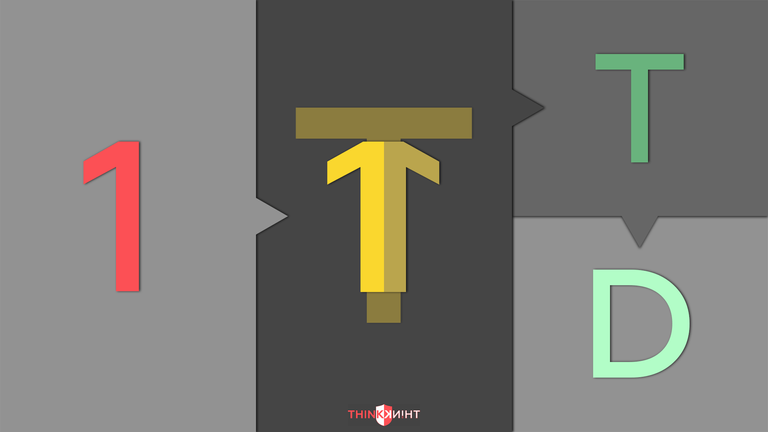

Two

For the number two we can use the letter N. As you can see, when turned the two fits very well into the N.
The N is phonetically unique and stands therefore alone.


Three

There three is the same idea as the two: we turn number to the side and it fits well into an M.
Just like the R and the N before, the letter M stands alone in its phonetical group.
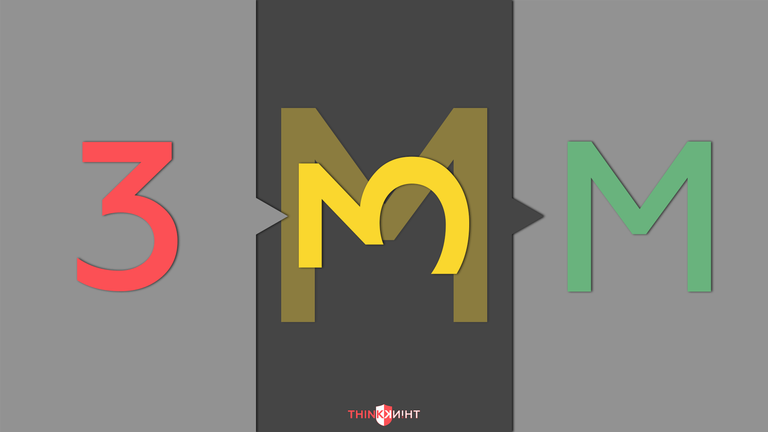

Four

The number 4 is next to the 0 the least intuitive one. But it works somehow. Imagine giving the 4 a small bar on the top right to make it an F. There are other ways to imagine the F but I leave it with that for this article.
F has even more than one phonetical partner: first of all it is identical to the double letter ph like in the word "photo". The sound of an F is also very similar to the letter V.
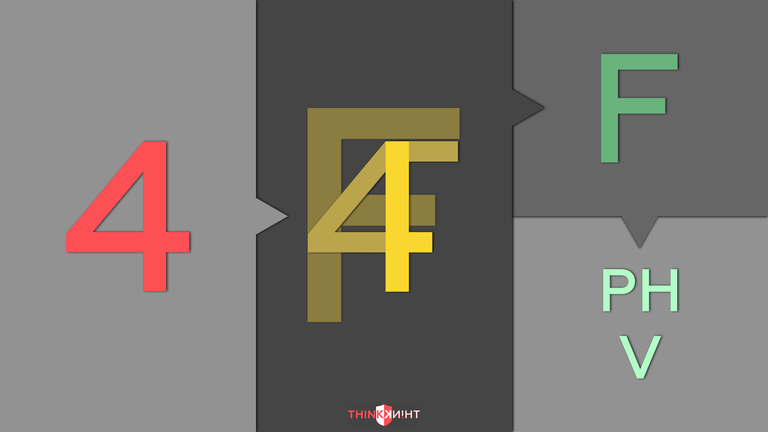

Five

For the five we don't have to think very much. As you can see these two belong together. In the original code this is not the case. This is one of the reasons we came up with the visual system.
The letter S is sharing its sound group with the letter Z. And further we are adding the soft C, which sounds exactly like the S. Pay attention to the fact that we only use the soft variant of the C. The hard C sounds differently and doesn't belong in this group.
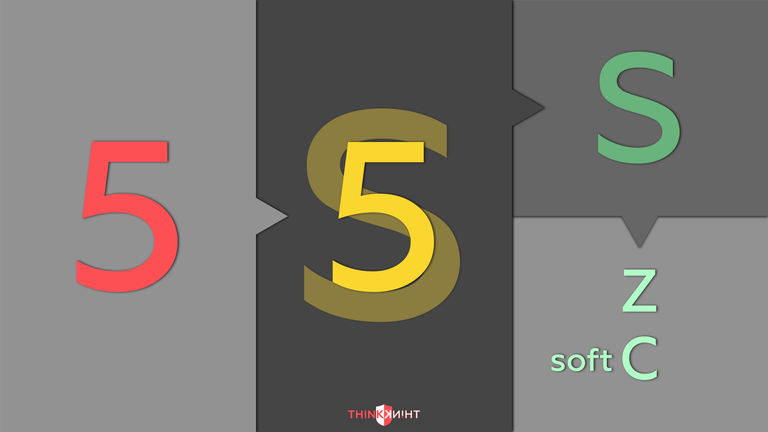

Six

The number six looks like a G. Even more if you use a font like the one on Steemit.
We pair that with the letter K. The sounds are very similar and use the same general position of the tongue. Here we can now also add the hard C, which is identical to the K.


Seven

I really like this one: you have to imagine to turn the 7 upside down. That creates an L.
There is no sound like this in the alphabet and therefore it stands alone.
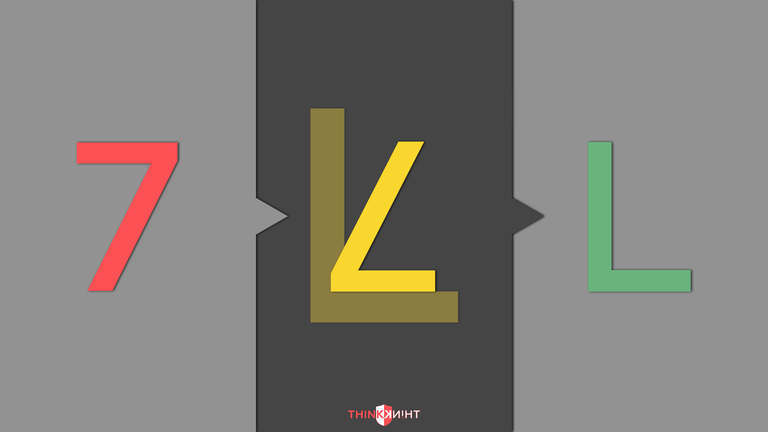

Eight

The number 8 and the letter B are also just perfect for each other, don't you think?
The sound of the B resembles a P and hence both encode the eight.
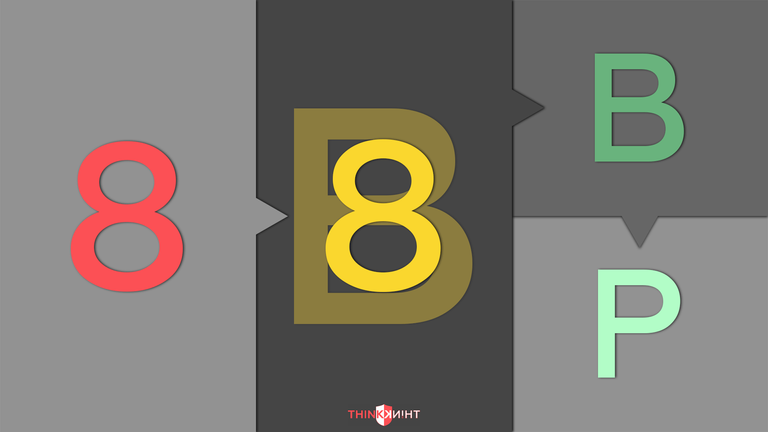

Nine

And last but not least the number nine: It connects pretty well with the letter J.
The phonetical siblings are both double letters: CH and SH. Both sound very similar and are commonly represented in the English language. Nice to form words with.


1-Digit Examples
We can now add our vowels A, E, I, O, U as well as the remaining unencoded consonants H, Q, W, X, Y to our encoded letters to form words. This will create a short word encoding one digit.
Here are a few examples:

One syllable. Clear spelling. It doesn't get easier than this.

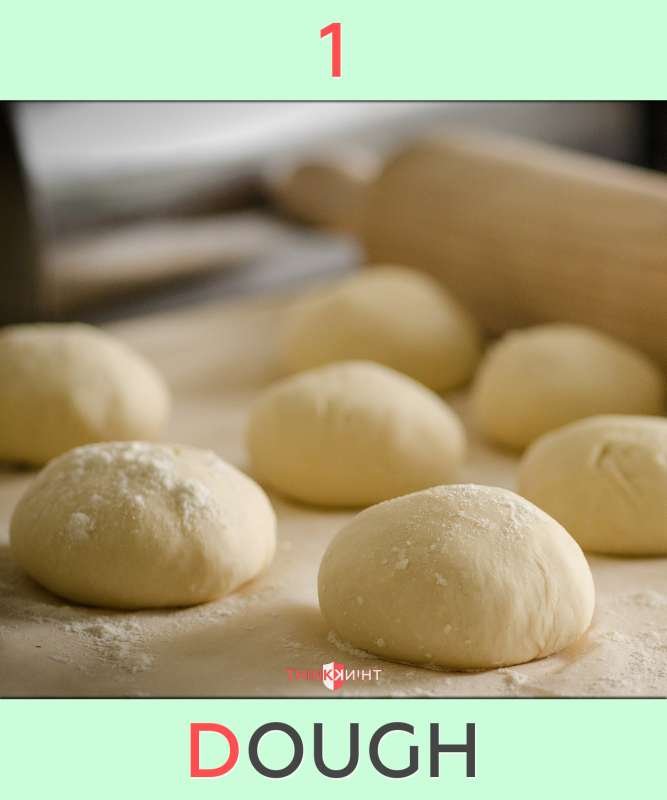
Here you see the power of the Major System: the silent G in dough can be ignored because you don't hear it.

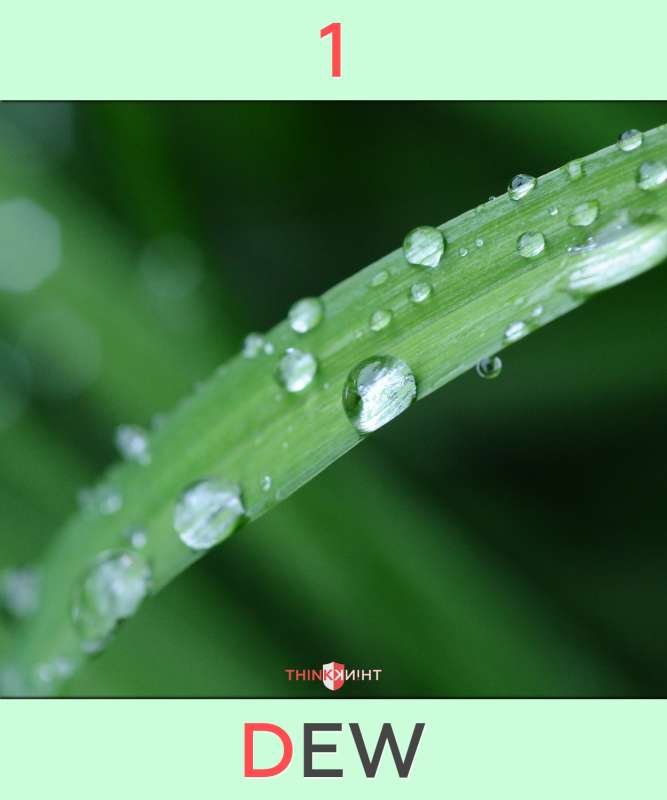
And here we have a word that uses one of the free consonants at the end. You can ignore it because it is not encoded. It is also phonetically barely recognizable.

2-Digit Examples
Creating longer words with more code letters is more efficiant because you can remember more digits in one image. The next stage are 2-digits between 00 and 99. Altogether one hundred images. This is the system you should learn. The 1-digit system is sweet to start with but requires twice as many images for the same lenght of a number. It is also very repetitive and you simply don't want to have a million TIEs in your stories, do you?

This is an easy example: a short word with two syllables. You will quickly learn that.


This is more difficult because the two code letters are next to each other. When you are still learning the system you will usually try out to fill vowels between the encoded consonants: T-A-R, T-E-R, T-I-R, T-O-R, T-U-R. But that doesn't matter, you can use words like these anyway. You might need a few more tries before you have memorized it.


This is by far the toughest combination: it is absolutely possible to create and use a word such as horse. In fact it is a great image for your memory list. But it starts with the unencoded consonant H, followed by an unencoded vowel. And then you have both code letters next to other. This one will make you trouble in the first weeks. But eventually you should know it just as well as any other.

Memorizing Numbers with the Major System
After you created your list of one hundred and ten images (ten 1-digit and hundred 2-digit images) you can begin to memorize any given number.
For example the phone number 8010051: We can translate that into berry (80), tree (10), horse (05) and tie (1).
A memorable story could be something like this: Person X (who's number we ar just learning) throws a large berry down from a tree on the back of a horse. It creates a red stain and the horse takes his tie (!) and wipes it clean. It gives person X an agry look and continues his business.

These stories don't have to make sense. Other things are more important to create good associations. Read my article on Steemit about this specific topic.
You can also use your memory palace to store the images form you Major Syste,. This is what we do at memory competitions. Just incredibly fast.
Repeat this several times over a long time period. When you use it the memory will become stronger. When you never use it will fade away.
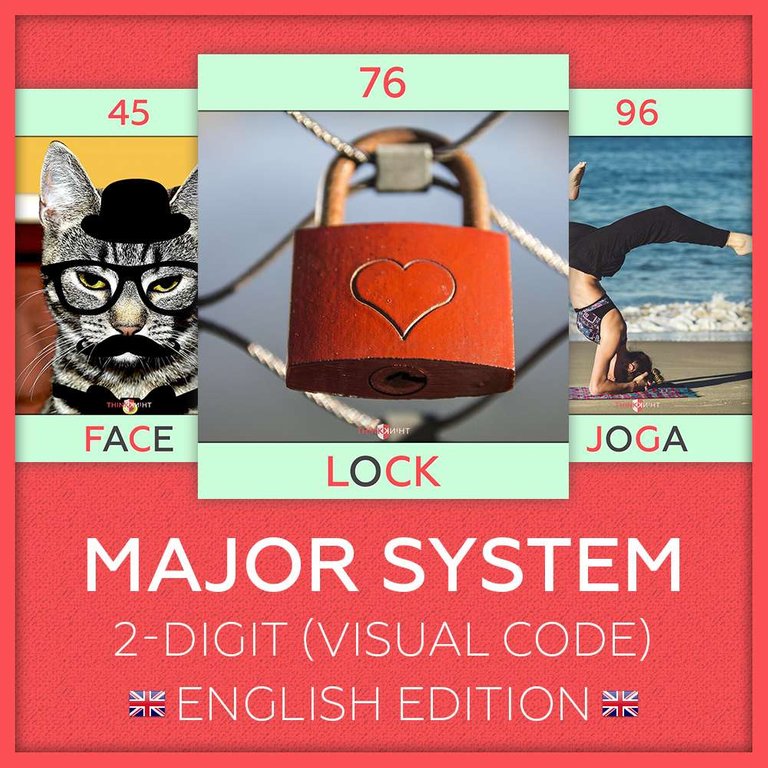

Please chck out my daily memory series:
How to Memorize Names
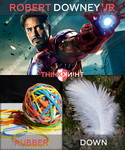




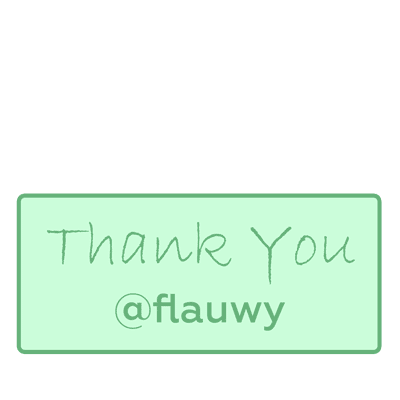
Congratulations! This post has been upvoted from the communal account, @minnowsupport, by flauwy from the Minnow Support Project. It's a witness project run by aggroed, ausbitbank, teamsteem, theprophet0, and someguy123. The goal is to help Steemit grow by supporting Minnows and creating a social network. Please find us in the Peace, Abundance, and Liberty Network (PALnet) Discord Channel. It's a completely public and open space to all members of the Steemit community who voluntarily choose to be there.
If you like what we're doing please upvote this comment so we can continue to build the community account that's supporting all members.
Awesome technique.
Thank you :)